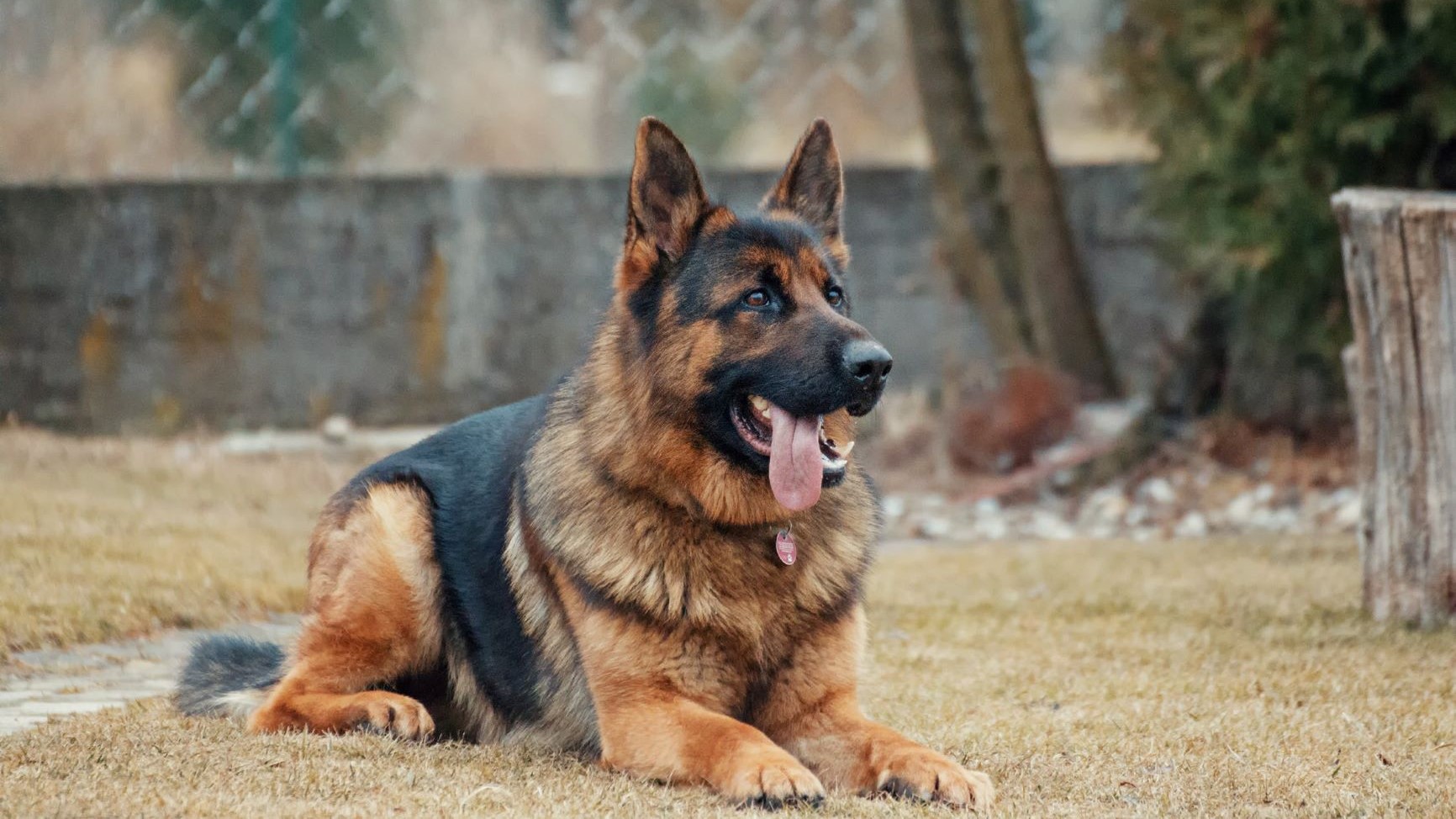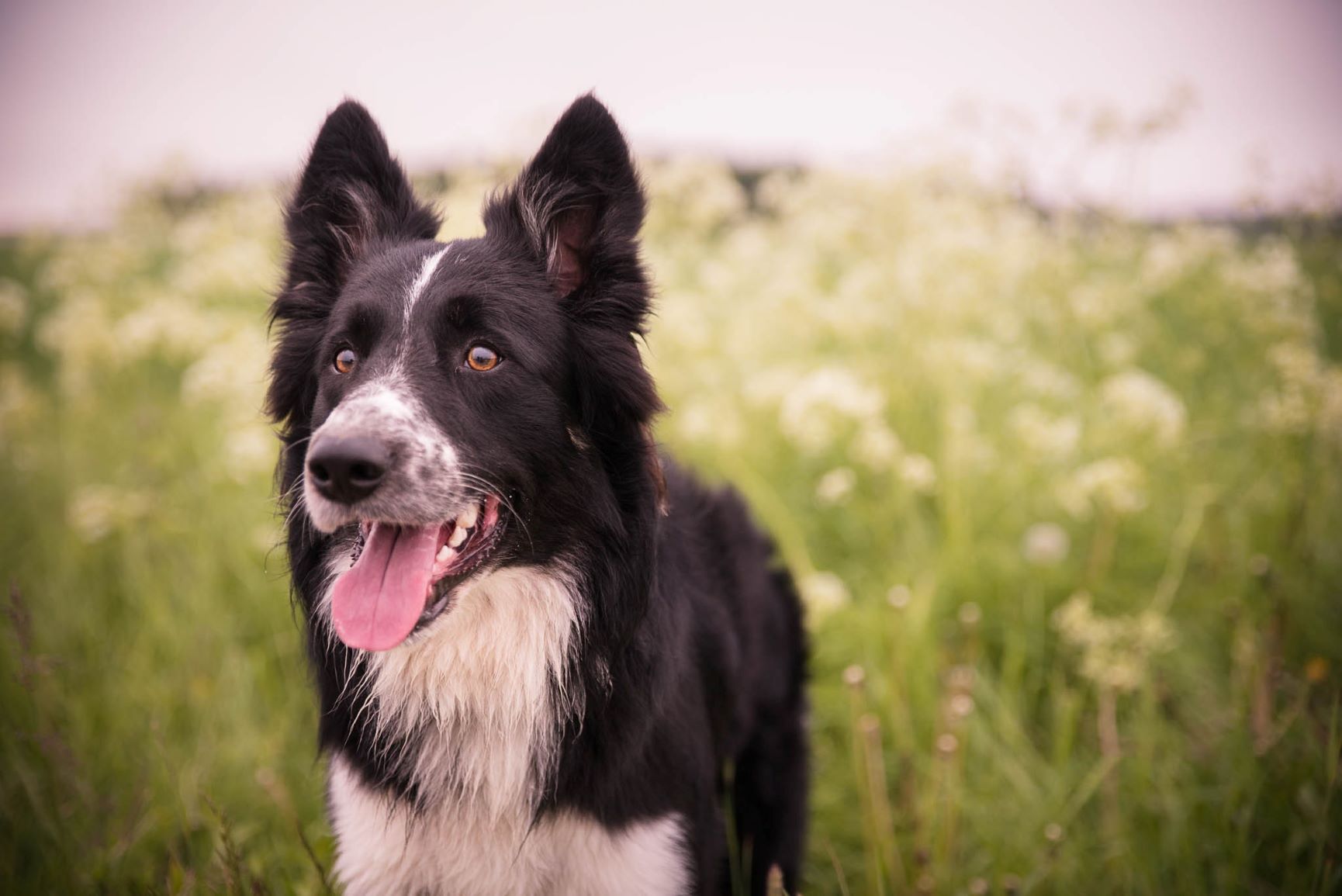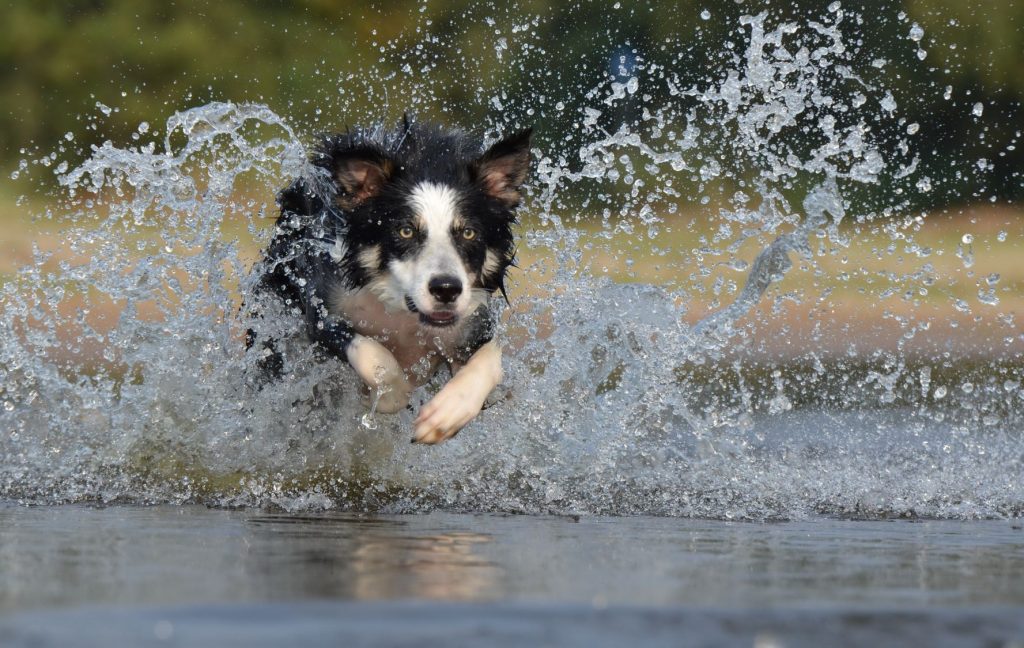Dogs
Do Working Dogs make Good Pets?
If you own or are thinking about owning a ‘working’ breed of hound you may relate to the content of this post. Most working dogs have their origins deeply routed in rural activities such as raising of sheep, herding cattle or guarding livestock and property.
Why do potential dog owners love working dog breeds?
Is it something to do with their heritage? Is it that they’re easy to train or are there other reasons? I would say that both of these considerations are being taken into account before potential owners decide to have one.
In this blog, we’ll have a look at three of the most popular breeds of working hound. We’ll look at quirks associated with these breeds and what these dogs can offer. Be careful though, as some can be heavy maintenance and despite being rough and ready, may require a bit more of you than you anticipate. Be sure that you make the right decision based on your daily activity and time commitments. No one wants to go through a heart-wrenching process of re-homing their beloved companion.
Firstly, we need to examine what we mean by ‘working dog’ in context because there are several interpretations and we need to understand why we’re looking at these breeds so that it results in a positive long term relationship.
The term working dog is used to identify any dog to assists people by performing actions on a regular basis. In this context, a dog that helps a farmer manage cattle or performs stunts for a trainer who receives pay for its acts is a working dog, as is a service dog or an assistance dog. This might be in comparison to a companion dog, whose purpose is primarily as a pet and this is where you come in.
There is a distinction between dogs that are bred for there appearance to win competitions and working breeds that are primarily bred for their ability to perform a task. For example – a border collie that is a dog show champion isn’t necessarily any good at the local sheepdog trials and vice versa.
Let’s look at two very different but popular breeds of working-dog…
1. The guard dog – German Shepherd

The use of dogs as guardians is well documented in archives since ancient times. Historically, the Romans used to create mosaics at entrances to houses which warned visitors and intruders of the presence of dangerous dogs. The German Shepherd is probably the most iconic dog of this kind in the UK. This breed also known as the Alsatian in the UK because of the Second World War originated in Germany.
The German Shepherd is a relatively modern breed. Their origin only goes back to 1899. They are part of the Herding Group and were originally bred to herd sheep. Over time, however, due to their strength, intelligence, trainability, and obedience, German Shepherds around the world are often the preferred breed for many types of work, including disability assistance, search-and-rescue, police duties, military roles, and even acting. They are the seventh-most registered breed by The Kennel Club in the United Kingdom.
Temperament
German Shepherds are fairly active dogs and so need exercise at least twice a day. They are described in breed standards as being self-assured. The breed is marked by a willingness to learn and an eagerness to have a purpose. They are incredibly curious, which makes them excellent guard dogs and suitable for tough search missions. They can become very overprotective of their family and territory, especially if they’re not socialised correctly. Although not inclined to become immediate friends with strangers, German Shepherds are highly intelligent, obedient and protective of their owners. They make excellent companions and are a great choice of pet.
Health Controversy
The UK Kennel Club is currently involved in a dispute about show strains of German Shepherds. These show strains have been specifically bred with an extremely sloping back or topline that causes poor gait in the hind legs. Working pedigree dogs, such as those in common use as service dogs, generally retain the traditional straight back of the breed. This issue was highlighted in the BBC documentary, “Pedigree Dogs Exposed” and has been scrutinised by vets who have said that the sloping back “wasn’t normal”. This is probably a good thing as so many German Shepherds have needed surgical intervention to re-align their hips due to hip dysplasia.
2. The herding dog – Border Collie

Border Collies are medium-sized dogs with a moderate amount of coat, often thick and prone to shedding. Border Collies have a double coat that varies from smooth to rough and can be occasionally curled.
While black and white is the most commonly seen colour pattern of the Border Collie, the breed appears in just about any colour and pattern known to occur in dogs. Some of these include black tricolour (black/tan/white), liver and white, and red tricolour (red/tan/white) which have also been seen regularly. Other colours such as blue, lilac, red merle, blue merle, and brindle have been spotted as well as some Border Collies with single-coloured coats.
Temperament
We highly recommend that as a potential owner, before considering a Border Collie as a household pet, you should be sure you can provide regular exercise that commensurates with the collie’s high energy and seemingly endless stamina.
Although a working collie may run many miles a day, it uses its experience, personality, and intelligence to control challenging livestock. As a warning, these dogs will become distressed and frustrated if left in isolation, ignored or inactive. If you have any doubts talk to current owners of this breed.
Border Collies can be motion-sensitive and may chase moving vehicles and bicycles, but this instinctive behavior can be modified with the right training. Some of the more difficult behaviors require patience though and because they are developmental they may diminish as the dog matures.
Health
Border Collies typically live between 10 and 14 years which in real terms (for us mature folk) is relatively short. Common health problems include epilepsy and Collie eye (CEA) which is a congenital and inherited eye disease. However, it is a relatively mild disease and rarely impairs vision to a great extent. The good thing is that technology can detect many congenital problems with DNA tests. This enables breeders to detect problems early and avoid producing affected pups.
Hearing loss is another issue to look out for. there are two types. The first is pigment associated and can be found in Border Collie pups. These puppies can have congenital sensorineural deafness from birth. The second type of hearing loss is known as adult-onset hearing loss. These dogs have a normal auditory brainstem response test as pups but gradually lose their hearing sometime between one and eight years of age. Studies are currently taking place to identify the genetic cause of adult-onset hearing loss in the breed.
Other diseases found less commonly include juvenile cataracts, osteochondritis, hypothyroidism, diabetes mellitus, and canine cyclic neutropaenia, carpal soft-tissue injury.
Border Collie Collapse or “the wobbles” is a disease found in many herding/working breeds. The cause is currently unknown. Border Collie Collapse seems to be related to high-intensity exercises that are found to be particularly exciting to the individual dog.
So, with all this said, will a Border Collie make a good pet? We say that with the right amount of time, energy and attention – yes!
Don’t forget to look at nutritional needs. We have developed our own brand of feed for working dogs and at a very affordable price tag.
We will even deliver it to your door every month so it’s one less thing to think about.

